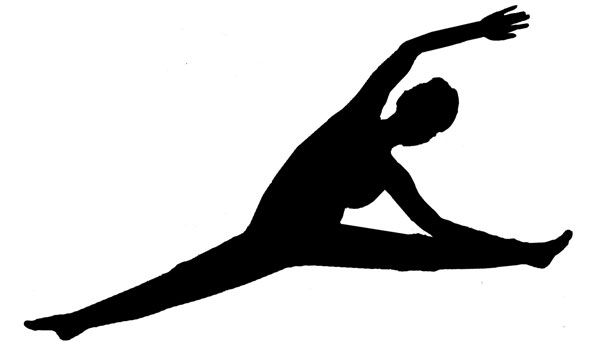- Services
- Team
- Patient Education
- Diagnosing MS
- Understanding Some Basics About MS
- Relapsing Remitting MS
- Secondary Progressive MS
- Primary Progressive MS
- Preparing for Your New Patient Visit
- Preparing for a Spinal Tap
- Injection & Medication Counseling
- Relapse vs. Pseudorelapse
- Neuromyelitis Optics vs. Multiple Sclerosis
- Resources
- FAQ
- Research
- News
- Contact
- Leave a Review
Maximizing the Health of a Muscle

For people with multiple sclerosis, weakness is a common symptom. The terms “weakness,” as well as “strength,” are sometimes miscommunicated when determining physical wellness goals. Weakness can be due to many factors other than a true decrease in muscle strength. Weakness in MS often suggests difficulty in moving, which can be caused by fatigue, overheating, poor nutrition, spasticity, poor core stability and/or poor balance. In many cases, increasing the strength of a muscle will not completely eliminate the sense of weakness.
Getting stronger is commonly simplified to a person’s ability to exercise with heavier weights or greater tension on resistance bands. Strength is much more complicated than that. For some, the changes in strength over the course of the day cause issues in walking or other activities. These changes create a unique frustration in people with MS trying to live their lives.
Let’s examine some factors which must be considered regarding strength, weakness and how to maximize the health of a muscle for people with MS.
1) Muscles create and also control movement!
A muscle that is unable to perform its “control function” usually results in decreased balance and falls. Exercises for muscles must include those which work on the “control function” of a muscle. An example of this would be reverse sit-ups or very slow squats.
2) A muscle needs to be a certain length in order to work properly.
Joints that have limited movement will result in muscles that shorten. Stretching a muscle is an exercise that must be done by everyone with MS several times throughout the day; correct joint positioning is essential as well. Full body posture training and use of bracing may be the most important parts of keeping a muscle at its necessary length.
3) There are different “types” of muscles within each muscle.
Each individual muscle is made up of many muscle fibers. Generally, a skeletal muscle is composed of two fiber types. One type functions to work hard and quickly, and then needs to recover. Let’s call these the “sprinter muscles.” The second type works steadily over a long period of time. Let’s call these the “marathon muscles.” Exercises using the sprinter muscles should focus on generating power quickly to create as well as control movement. A high percentage of routine activities only need sprinter muscles. In people with MS, the marathon muscles may not be used enough to keep them functional. Specific endurance programs that incorporate rest periods are important to strengthen this aspect of a muscle. Please note: improving skeletal muscle endurance is not the same as improving cardiovascular endurance through “standard aerobic” exercises.
4) Nerve conduction and connection to the muscle cannot be achieved through inactivity and sitting.
Improving nerve conduction is complicated since MS decreases the speed at which a signal can move within an affected nerve. There are some prescription medicines that can be discussed with your neurologist to improve nerve conduction and make sure that it does not worsen. Physical activities are necessary to make any functional changes in the nervous system to improve muscle contractions and overall muscle health, regardless of MS type.
5) Functional strength is more important than getting stronger muscles.
Having a stronger (and bigger) individual muscle may not allow people to stand, transfer or walk on their own. The muscle needs to be worked in a way that replicates the task it needs to perform. Training a muscle to create movement when sitting will not necessarily carry over to using a muscle to control a movement while standing. For neuroplastic changes to result in functional improvement, specificity in movement is required.
6) Pain must be controlled for muscles to work effectively.
Hopefully, you can use this knowledge of improving the health of your muscles to start or restart the next phase of your physical wellness program. A daily program is essential to be able to safely and most effectively perform the activities you want this spring and summer. Working with a physical therapist or other rehabilitation professional can help maximize your physical independence. People with MS should review and update your physical wellness plan every year with a licensed physical therapist.
News Date :
Tuesday, January 15, 2019 (All day)
IMSMP
Because you deserve only the best in MS healthcare. Experience the difference.
News & Events
Newsletter Sign Up
Join our mailing list today! Receive the latest information and updates happening in MS research, treatment and care including, Healing MS, the IMSMP newsletter.
* We don’t share your information with anyone.



